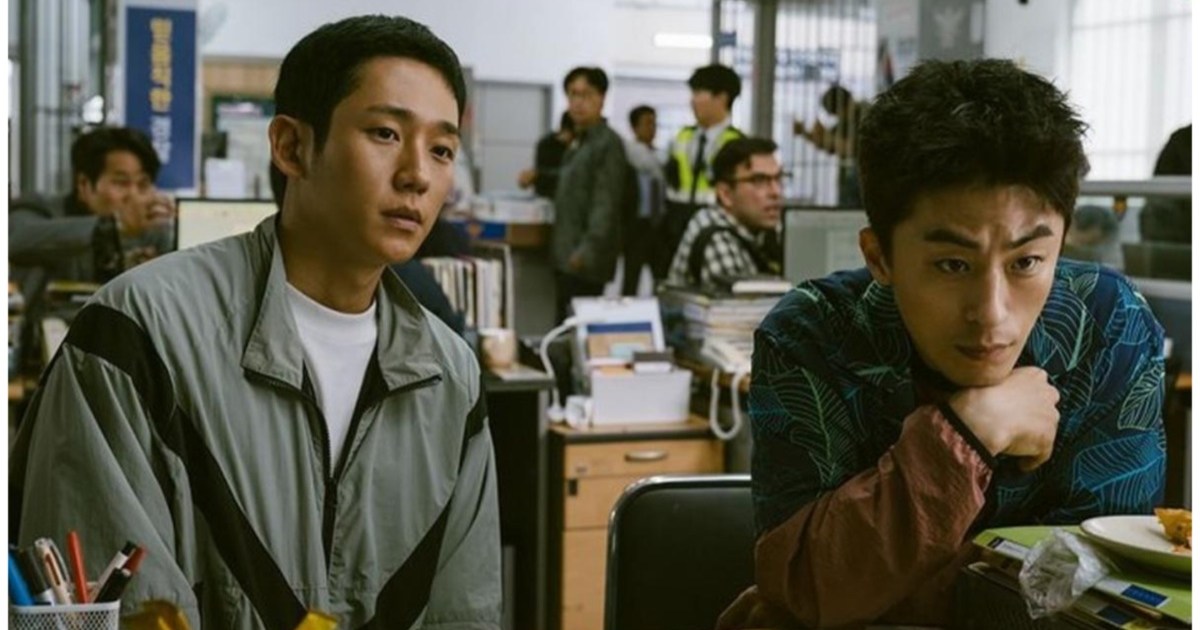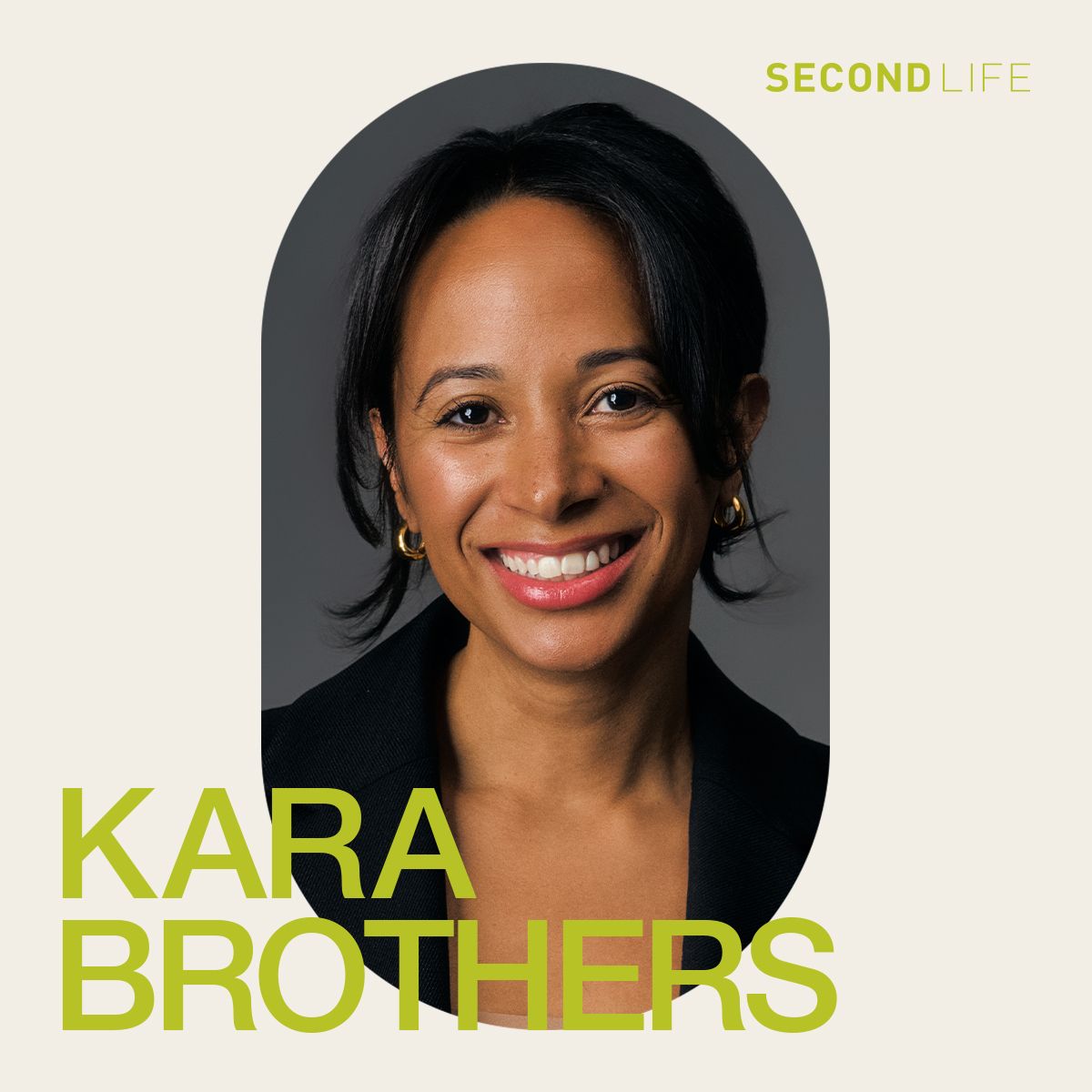“Why true crime?” is a question you may have asked others or perhaps yourself, depending on where you fall within the true crime industrial complex that has permeated popular culture. Even classifying true crime as “popular culture” feels irresponsible, but that’s exactly what it is: the massive popularity of the Serial podcast and Netflix serial killer fictionalizations like Dahmer have captivated the same morbidly curious generation that grew up with the OJ Simpson trial, Unsolved Mysteries, and Rotten.com— we’ve just further normalized it and have become increasingly comfortable with our fascination of it. But should we be?
Pascal Plante’s Red Rooms is the rare variant of a psychological serial killer movie in that it’s never about the actual serial killer. It’s not that the killer in question is kept hidden from the viewer, as his face is revealed with the first five minutes of a riveting courtroom sequence in which every performance demands full attention. Instead, Red Rooms follows poker-faced Kelly-Anne, (Juliette Gariépy) whom attends the “Demon of Rosemont” triple homicide trial each day. Her high-rise apartment’s open windows give off an open invitation to voyeurism, yet she cautiously sets the alarm before every exit. Kelly-Anne is a model, but her place is suspiciously bourgeois for someone that can afford to watch a courtroom trial everyday without a traditional 9-5. She’s tech-savvy, with an online handle referencing “Lady of Shalott”— an Arthurian poem examining themes of personal isolation— and fiercely defends her fictional version of Alexa, while living a primarily solitary life. She’s an enigma of a lead character, and the viewer is endlessly intrigued by her, which only proves the film’s core ideas about our own collective morbid curiosities regarding other humans.
Understanding society’s specific captivation with cases like JonBenet Ramsey and Natalee Holloway, Plante’s screenplay notes that the three murdered teenaged girls were “Caucasian, blond, blue-eyed and from good families,” with the youngest of the three significantly donning teeth braces. Per title, the young girls were sadistically tortured before their deaths and live streamed for audiences on the dark web— the process often being referred to as “red rooms.” But despite some of the trial’s most gruesomely detailed days— in which Plante often cleverly withholds from explicitly showcasing to the viewer— Kelly-Anne’s eyes never divert from the Demon, aka Ludovic Chevalier (Maxwell McCabe-Lokos). Kelly-Anne is obsessed with Chevalier and all aspects of the case, as the viewer begins to understand that her knowledge may or may not extend far beyond what has been revealed in the trial and media frenzy. The overarching question, however, is why does she know? Why is Kelly-Anne here? Is she just another serial killer groupie? Are her intentions and motivations heroic or nefarious? And not all of those questions are fully answered, making the 118-minute experience haunting, but never unsatisfying.
Gariépy’s performance illuminates as the film reaches its second half, as Kelly-Anne’s mental state is increasingly unraveling, while her physical stance gradually becomes more hulking. Drips of Kelly-Anne’s coldness only expand as the story progresses, with manic modeling poses and hyper-fixations on discipline and workouts, as she recalls a femme version of Patrick Bateman minus the exterior charm. Gariépy is subtly riveting even in the film’s more subsidiary moments, like teaching a secondary character how to play tennis. Her wide eyes express so vividly in quiet moments, yet the viewer is never sure what she’s thinking.
Rooms’ dreary, autumnal setting provides aesthetic shades of fall leaves that rival any Halloween movie. Cinematographer Vincent Biron excels at creating tension throughout, applying icy-toned color palettes with dashes of appropriate, giallo-inspired red lighting to characters’ faces as they’re watching forbidden videos from the red rooms. The camera steadily pans around Kelly-Anne’s room, like she’s being surveyed just as much as she herself is doing the surveying. Biron gets increasingly daring with unexpected close-up shots, as more peeks into the mystery that is Kelly-Anne are given. Jonah Malak’s effectively jarring editing shifts always leave the viewer wanting to see more, purposefully forcing the individual to confront their own desires to satiate their macabre interests with visuals they know they could never un-see. The judge shuns everyone not directly tied to the case out of the courtroom when violent evidentiary videos are shown, including the viewer. And the viewer doesn’t need to witness, as the soft screams heard from the other side of the door and paramedics coming to aid someone who’s just fainted are sufficient. Off-screen, the audio of the victims’ screams is chillingly aligned with the shrill of the machines that dismember their bodies. Every technical detail is clinical and meticulous.
What Red Rooms may lack in goriness, it makes up for in nuance, as the horror comes in small, yet terribly unnerving waves— from a slow, deliberate camera angle flip that almost positions Kelly-Anne to resemble a ghostly Victorian doll, to Dominique Plante’s harrowing score, leaving this writer’s heart racing during one distinct scene, as the film builds to its third act. (I may never look at braces quite the same, and I’ve had them.) And just when events seem to have climaxed, 30 minutes remain. As the credits roll, the gripping Red Rooms leaves the viewer lingering, as Gariépy’s demeanor gives not a single thing away, and Plante begs us to ponder the costs of wanting to be part of something momentous, while living a life sculpted from online anonymity and true crime phenomena.
Utopia releases Red Rooms on September 6 at the IFC Center in New York with Pascal Plante in attendance for opening weekend and a national rollout to follow.


























































![Mason Ramsey – Twang [Official Music Video] Mason Ramsey – Twang [Official Music Video]](https://i.ytimg.com/vi/xwe8F_AhLY0/maxresdefault.jpg)






















